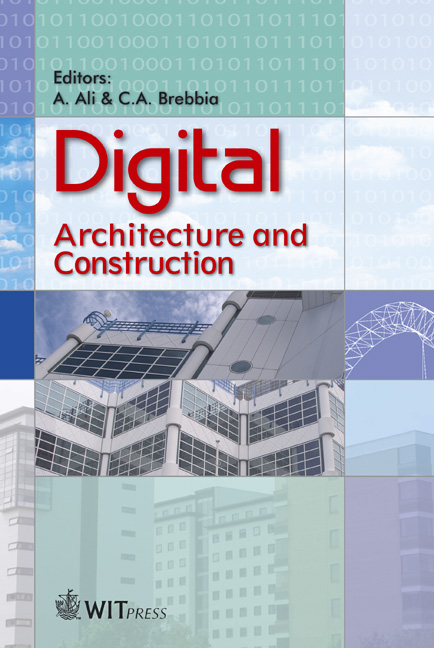Infoarchitecture
Price
Free (open access)
Transaction
Volume
90
Pages
11
Published
2006
Size
502 kb
Paper DOI
10.2495/DARC060151
Copyright
WIT Press
Author(s)
D. G. Papi
Abstract
Different geometries lie behind different architectural styles. There is now an improving alternative to the Euclidean/Cartesian geometrical environment in which the design process has developed up to now. Computational geometry has developed enough to be seriously considered as a source for new shapes for architectural objects: parametric functions and control point curves are entering the architectural design world. NURBS modelling allows the design of architecture with surfaces and volumes that could not even be thought of before the application of a computing device to their geometry. This fact means a deep change in the epistemological charter of the whole design process itself: the geometrical immanence of a project becomes unreadable by human capabilities because the reference shapes no longer have abstract and easy-to-deal-with images (i.e. a parabola, a sphere, an ellipsoid, a cube), instead they are cryptically hidden into very complex volume aggregations that can be designed only if computational geometry is assumed into the shape definition process. Therefore, the architectural design procedure has a new step that I call \“computational filtering”, that allows the making of an option between the two geometrical environments. Obviously they can be mixed too, but at the moment I think this can be thought of in the same way as a standard and well-known shape-balancing procedure Keywords: computational geometry, design methods. 1 Introduction The opinion that studying what a digital-numerical representation of an architectural project is, is an unavoidable demand within a theoretical story about contemporary design that can be discussed, nevertheless it is outstanding that it’s nature of \“real topic”, somehow or other, can’t be denied. A topic, I think, that needs to be approached with all the instrumental means from critics and of
Keywords
computational geometry, design methods.




